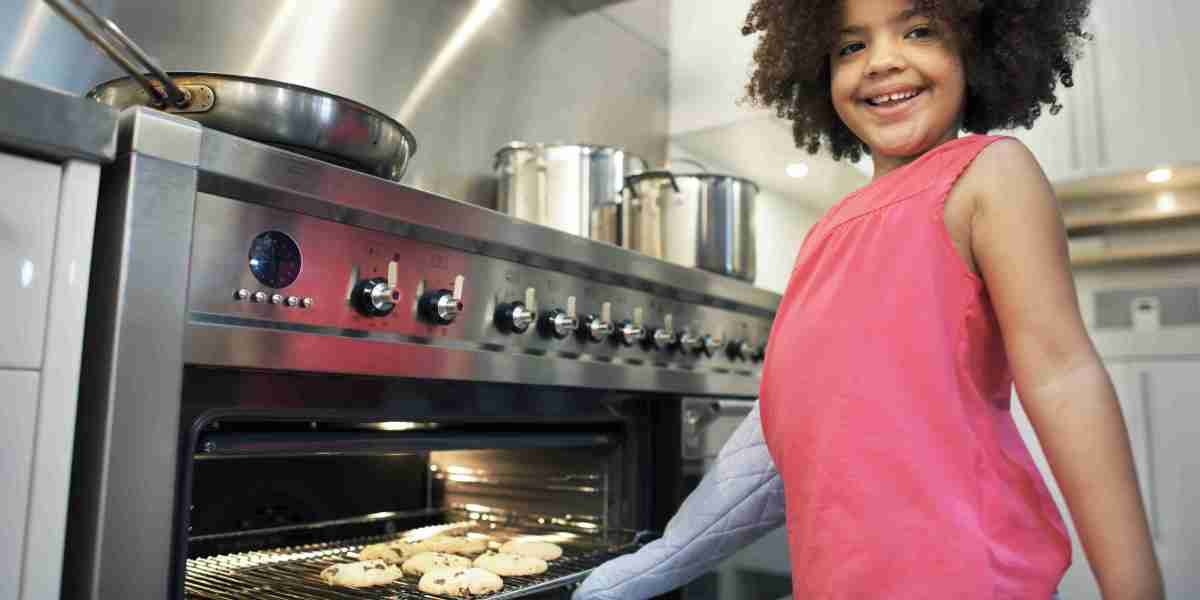The Comprehensive Guide to Built-in Electric Ovens and Hobs
In today's hectic world, modern-day kitchen appliances have actually progressed significantly to cater to the tastes and needs of contemporary homeowners. Amongst these appliances, built-in electric ovens and hobs stand out for their effectiveness, style, and performance. This post checks out the functions, benefits, installation ideas, and maintenance of Beko 99L Built-In Double Oven - Stainless Steel electric ovens and hobs, along with dealing with frequently asked concerns.
Understanding Built-in Electric Ovens
What Is a Built-in Electric Oven?
A AEG 6000 Built-In Electric Double Oven - Buy Now electric oven is an appliance developed to be set up into a wall or kitchen cabinets, offering a smooth, integrated ovens and hobs appearance in the kitchen. Unlike freestanding ovens, built-in designs conserve space and frequently come equipped with extra functions such as self-cleaning cycles, convection cooking, and different cooking modes.
Types of Built-in Electric Ovens
- Single Ovens: Ideal for smaller kitchens or those who prepare for less people.
- Double Ovens: Offer more cooking space, ideal for bigger households or those who entertain regularly.
- Mix Ovens: These include both a standard oven and a microwave, providing versatile cooking alternatives.
Advantages of Built-in Electric Ovens
| Benefit | Description |
|---|---|
| Space-Saving Design | Fits effortlessly into cabinetry, releasing up counter area. |
| Improved Aesthetics | Produces a contemporary, professional kitchen appearance. |
| Versatile Cooking Options | Typically features several cooking modes consisting of bake, broil, and convection. |
| Energy Efficient | Takes in less energy than traditional ovens. |
Comprehending Built-in Hobs
What Is a Built-in Hob?
A built-in hob is a cooking surface area set up into the kitchen counter top, integrating perfectly with the kitchen design. Available in Samsung 60cm Dual Cook Flex™ Electric Oven, induction, and gas ranges, electric hobs are renowned for their accuracy and ease of usage.
Types of Built-in Hobs
- Electric Hobs: Traditional coil components that heat by means of electrical resistance.
- Induction Hobs: Use magnetic energy to heat just the pots and pans, making them quicker and safer.
- Ceramic Hobs: Feature a smooth surface area with glowing heat underneath, providing easy cleaning.
Benefits of Built-in Hobs
| Advantage | Description |
|---|---|
| Quick Cooking Times | Electric hobs heat quickly, decreasing overall cooking time. |
| Easy to Clean | Flat surface area permits fast and simple cleaning. |
| Resilient | Generally built to last and hold up against high temperature levels. |
| Versatile Compatibility | Works well with different cookware materials. |
Installation Considerations
Installing a SIA AMZDO102 Black Built-In Double Oven - 60cm electric oven and hob requires cautious preparation.

Steps for Installation
- Step the Space: Ensure the dimensions of the oven and hob match the allocated area in your kitchen.
- Inspect Electrical Requirements: Consult an electrical contractor to ensure wiring can manage the home appliance's power needs.
- Positioning of Appliances: Position the oven at a convenient height, normally in between waist and eye level.
- Ventilation: Ensure correct ventilation, particularly if your oven integrates a range hood.
Vital Tools
- Power drill
- Screwdrivers
- Level
- Determining tape
Safety Precautions
- Constantly disconnect the power before installation.
- Follow manufacturer instructions carefully.
- Think about hiring an expert for electrical connections.
Maintenance Tips
Keeping built-in electric ovens and hobs is essential for durability and performance.
Routine Care Routine
- Cleaning up the Surface: Use a soft fabric and manufacturer-recommended cleaner.
- Inspecting Electrical Connections: Check cords and plug for damages periodically.
- Cleaning Filters: If the oven has a ventilator, clean or replace the filters as needed.
Fixing Common Issues
| Issue | Possible Solution |
|---|---|
| Oven Won't Heat | Check the power supply and heating element. |
| Heating Inconsistency | Check the thermostat and oven calibration. |
| Hob Not Heating | Ensure pots and pans is suitable and check the power supply. |
Regularly Asked Questions
1. How do I pick the right size built-in electric oven?
Selecting the ideal size includes measuring your kitchen space and thinking about how much cooking you generally do. If you entertain frequently or have a large household, choose a double oven.
2. Are built-in electric hobs safe to use?
Yes, built-in electric hobs are safe, especially induction hobs which only heat the cookware, lowering the risk of burns.
3. Can I set up a built-in oven and hob myself?
While it is possible for knowledgeable DIY enthusiasts, hiring a professional is suggested, particularly for the electrical connections.
4. How often should I clean my built-in oven (my homepage) and hob?
Cleaning should be done routinely after use, with deep cleaning periods depending upon cooking frequency - normally every couple of months.

5. Do built-in appliances need special upkeep?
Built-in appliances need similar upkeep to freestanding models, however appropriate care needs to be taken with their surrounding kitchen cabinetry.
Built-in electric ovens and hobs present a blend of technology and style, using effectiveness and modern-day aesthetics to any kitchen. With correct selection, mindful installation, and regular maintenance, these appliances can boost one's cooking experience for lots of years. Understanding the features, advantages, and care requirements can empower homeowners to develop the kitchen of their dreams-- effectively and stylishly.
As cooking areas continue to develop into main hubs of the home, choosing the best built-in options plays a vital role in daily cooking imagination and enjoyment.






